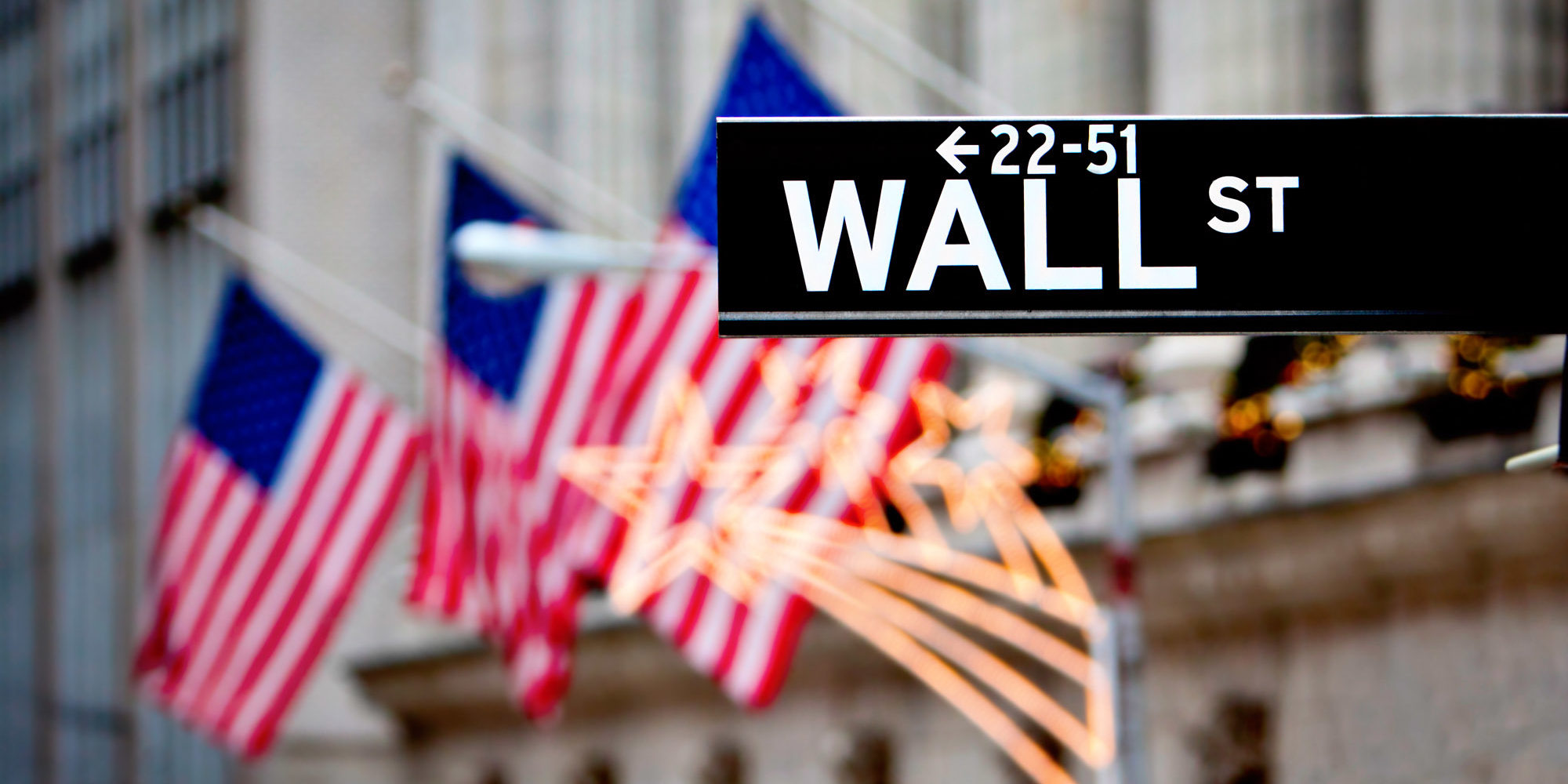Are Markets More Volatile Today?
When analyzing markets, we often make pronouncements based on our experience and observations, rather than collected evidence. Recently, a fund manager suggested in an interview I saw on Twitter that due to the high market volatility caused by the increase in information flow that investors are subjected to, the market should only be open for one day of the week. The underlying implication is that markets are now more volatile than they used to be in the past, and this increase in volatility is a function of the increase in information that markets are subjected to.
However, making precise judgments on volatility is difficult since many of our pronouncements regarding volatility are not based on any evidence. An observation without data is merely an opinion and not a fact. To investigate whether markets are more volatile now than in the past, we can check the historical price data available to us. I downloaded 100 years of history for the Dow Jones index and calculated a rolling 15-week historical volatility for each decade. The results of this exercise show that the weekly historical volatility of the Dow Jones has been remarkably stable over the past 100 years. The most volatile decade was the 1930s, while the 2000s to 2010s displayed only modestly above-average volatility. This finding is interesting since the 2000s to 2010s contained the ending of the dot-com boom and the collapse of the NASDAQ, as well as the GFC, events that severely rattled markets.
 Therefore, the notion that markets are more volatile now than in the past, and that this volatility is a function of individuals being bombarded by new information, does not hold up to scrutiny. However, many market participants take such statements as gospel since they seem to ring true with their limited personal observations. This lack of scrutiny can lead to destructive investment decisions, such as the belief in buy and hold, which is rooted in the philosophy that markets always recover, and any share you buy will always recover. This belief has no evidence to support it, but it sounds attractive and sensible, drawing investors to utilize it as a means of wealth creation.
Therefore, the notion that markets are more volatile now than in the past, and that this volatility is a function of individuals being bombarded by new information, does not hold up to scrutiny. However, many market participants take such statements as gospel since they seem to ring true with their limited personal observations. This lack of scrutiny can lead to destructive investment decisions, such as the belief in buy and hold, which is rooted in the philosophy that markets always recover, and any share you buy will always recover. This belief has no evidence to support it, but it sounds attractive and sensible, drawing investors to utilize it as a means of wealth creation.
Whenever we are confronted with a statement regarding trading or investing, it is essential to look into the evidence behind that statement. You cannot accept anything at face value and must search for the evidence behind the statement. Sadly, many pronouncements that market participants fall prey to have very little evidence behind them.






